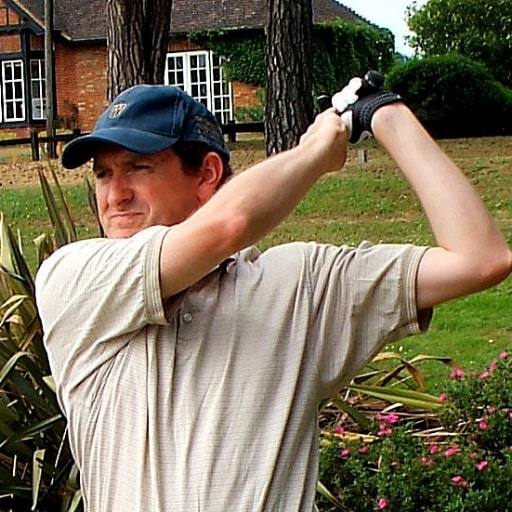Golf In The Algarve - The Golden Coast
The Algarve on the southern coast of Portugal has a lot going for it as a golfing destination, including sun, sand and superb course. Roderick Easdale finds out more
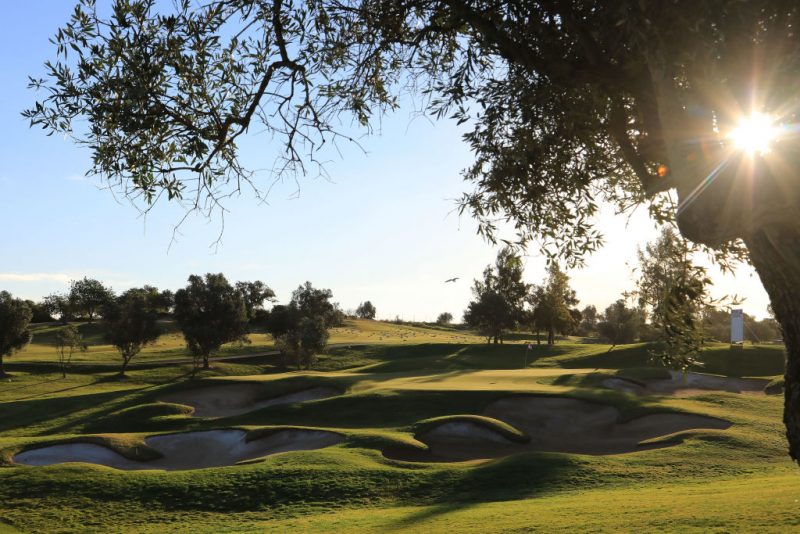
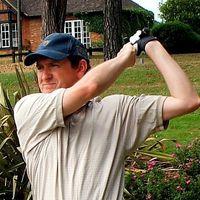
The Algarve on the southern coast of Portugal has a lot going for it as a golfing destination, including sun, sand and superb course. Roderick Easdale finds out more
Golf In The Algarve - The Golden Coast
The Algarve has been a firm favourite for decades with golfers who have been enticed by the ever-increasing numbers of excellent courses, 125miles of golden beaches, an average annual temperature of 17.5°C and the 3,065 hours of sunshine a year.
Gramacho
Originally Gramacho had an unusual '18-hole' layout - there were only nine fairways but many more greens.
Rounds were played as two loops of the terrain and second time around you played from a different tee box and often to a different green but over the same fairway area.
The course has since been extended and redesigned, but it still retains a version of those quirky features.
Subscribe to the Golf Monthly newsletter to stay up to date with all the latest tour news, equipment news, reviews, head-to-heads and buyer’s guides from our team of experienced experts.
Now there are 18 fairways but 27 greens.
On half of the holes the club has a choice of which green to set up to play to.
This provides potential variety to each round for the holidaying golfer based here and playing the courses frequently, making it an intriguing blend of the familiar and unfamiliar.
Palmares
Palmares has also undergone a major redesign from its original construction.
There was a well-regarded 18-hole course here but this has been torn up and replaced by three cracking nine-hole layouts.
These have been designed by Robert Trent Jones Jr who enthused that he only got land as good as this to work with once in every ten years.
The land tumbles away gloriously down a hillside towards the sea.
Or rather towards a railway line.
On the other side of this line is a small tract of flat linksland which provides four links holes, two par 5s, two par 4s and two par 3s, which come at 2-5 on the Praia nine.
But much of the remainder of this nine has been designed to have the ambience of a links - each of the nines has been designed and conditioned to appear subtly different from the others.
The Alvor nine is a hilly parkland course, with fiendishly contoured greens, and the Lagos nine mixes parkland with dunesland, and has the only two water hazards at Palmares.
Pine Cliffs
The nine-hole Pine Cliffs has also undergone some rejigs to its running order over the years. Its famous hole is the Devil's Parlour, a par 3 played across a chasm of ochre-coloured cliffs which now slots in at number 6, having had a spell at 9.
This is a truly great holiday course - challenging enough that no golfer feels insulted and not so overpowering that the occasional golfers in the party feel out of their depth and humiliated.
This is a surprisingly tough trick to pull off.
Had the 6th at Pine Cliffs eaten its spinach when younger it might have grown up to look like the 16th on Vale do Lobo's Royal Course.
This dramatic par 3 is played over two chasms between the ochre-coloured cliffs.
Vale do Lobo
The Royal is one of two 18-hole courses here and is played more along the cliff tops, whereas the shorter Ocean course sweeps down towards the beach.
The ocean bit of the Ocean course at Vale do Lobo comes for a few holes on the back nine.
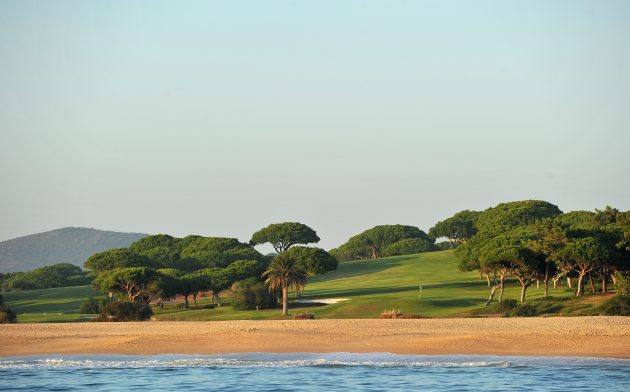
After the downhill par-5 10th, played over a water hazard which runs across the width of the fairway, you tee up for a blind shot on the 11th.
Then crest the hill and a glorious seascapes meets the eyes.
This is one of three greens set beside the sea.
The others are the 14th and the 15th. The latter is played off 213 yards from the backs, and 196 yards from the yellows, and runs alongside the beach with plenty of sand in play.
It is a good hole which the setting transforms into a wonderful one.
Alto
Alto's 623-yard 16th was once the longest hole in Europe.
It pays to go right on this hole - off the tee so as avoid the lake on the left, and then later on as well to set up the best line in to the green.
This hole has been nicknamed both The Giant and the Sir Henry's Challenge.
The later is because the course was designed by Sir Henry Cotton.
Indeed, it was his final course design, although he did not live to see it realised.
His conception was for "a course for those who like challenge in their game.
"The undulating terrain makes each hole a new challenge, from mastering the double-dogleg to softly putting the tiered greens."
Penina
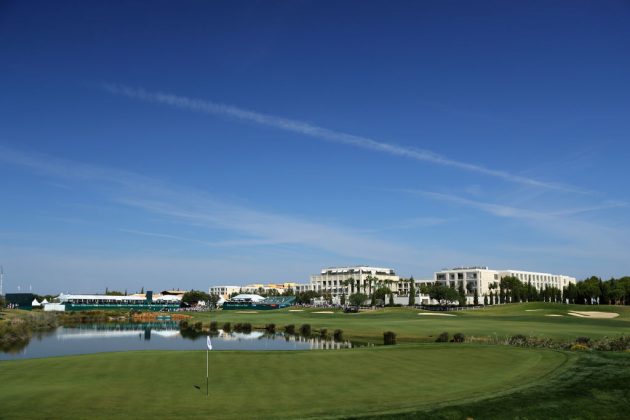
Sir Henry had brought golf to the Algarve in 1966, when he designed a course at Penina on a former paddy field and scrubland just outside the tourist hotspot of Albufeira.
The drainage ditches in the paddies were made into water hazards and a quarter of a million trees were planted.
He played here regularly with his caddy Pacificio, a donkey.
Dom Pedro Vilamoura
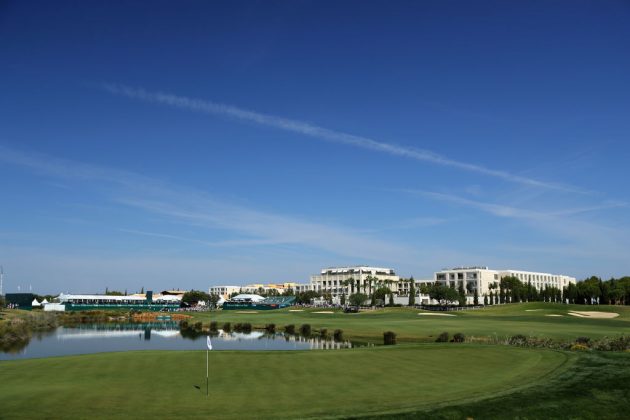
Dom Pedro Vilamoura Old Course opened in 1969, making it the second oldest course in the Algarve.
Designed by Frank Pennink, it is one of the most beautiful in the region; also one of the tightest, with its narrow fairways fringed by umbrella pine trees, and with only small greens to aim at.
Vale da Pinta
Talking of longevity, Vale da Pinta has become the established host of the European Seniors Tour Qualifying final, where a 72-man field compete for six tour cards.
Perhaps this is because it is a course that values age - there are olive trees on it which are well over a thousand years old.
This layout requires careful placement of the ball due to tight fairways and preponderance of doglegs.
A strength of the course is in the par-3 designs.
Silves
Silves gives an early indication of what it's about - the opening drive has to be threaded between two water hazards.
This course has been described "a relentless test of precision".
Laid out at the foot of the Monchique mountains, most holes offer mountain views. Palm trees and olive groves, and the surrounding cork and citrus farms provide a Portuguese flavour to the round.
Vila Sol
Vila Sol also has a reputation as one of the toughest courses in the Algarve, and it hosted the Portuguese Open in the 1990s.
It has three loops of nine holes which fan out from the central clubhouse, ranked in order of difficulty - Prime, Challenge and Prestige.
The last of these might appeal to those who only want to experience sand beneath their feet when relaxing on those 125 miles of beaches as it only has five bunkers.
Related: Check out what else the Algarve has to offer golfers
Expand The Algarve: Your Ultimate Golfing Getaway

The Algarve: Your Ultimate Golfing Getaway
Head to the Algarve with Your Golf Travel…
Expand Golf In The Algarve – The Ultimate Sunshine Golf Destination

Golf In The Algarve – The Ultimate Sunshine Golf Destination
With scores of fine courses and direct flights…
For more golf course reviews, check the Golf Monthly website and follow our social media channels
Contributing Writer Roderick is the author of the critically acclaimed comic golf novel, Summer At Tangents. Golf courses and travel are Roderick’s particular interests. He writes travel articles and general features for the magazine, travel supplement and website. He also compiles the magazine's crossword. He is a member of Trevose Golf & Country Club and has played golf in around two dozen countries. Cricket is his other main sporting love. He is also the author of five non-fiction books, four of which are still in print: The Novel Life of PG Wodehouse; The Don: Beyond Boundaries; Wally Hammond: Gentleman & Player and England’s Greatest Post-War All Rounder.
